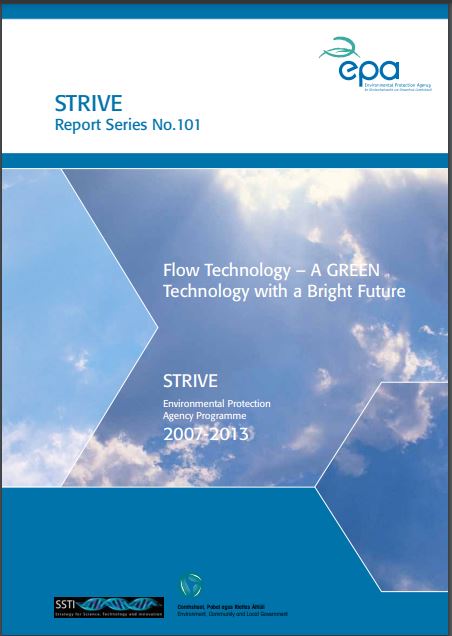STRIVE 101 - Summary of Findings: Flow Photochemistry – A GREEN technology with a bright future
Summary: Currently, for every 1kg of active pharmaceutical product produced between 25 and 100kg of waste is generated. This project looks at new technologies that reduce water and energy requirements, offering cost savings and improved product yield, with less waste gnerated.

Key Points & Findings
• Microphotochemistry can be considered to be an innovative ‘green’ methodology, contributing to the rapidly expanding field of Green Chemistry, by reducing the volume of waste, improving energy efficiency and product selectivity.
• The project established a high-profile international photochemistry research cluster centred at DCU with partners at the Leibniz Institute for Catalysis, Rostock, Germany (Dr Klaus Jaehnisch) and James Cook University, Australia (Prof Michael Oelgemöller).
• The researchers are now applying the discoveries made in this project to both the preparation of new materials (application of silica and magnetic nanoparticles in photooygenations) and further reactor development.
Recommendations
• The next and final stage for this chemistry is industrial application. The new technology developed in this project makes photochemistry a far more attractive and GREEN tool.
• Presently there are companies in Ireland that are interested in peroxides (for polymerization) that are prepared from renewable feed-stocks.
• The work we report here demonstrates that not only can we can achieve this goal, but we have a ready-made Green technology that can be adapted to industrial process needs.
For Further Information Contact: Dr Kieran Nolan (Department of Chemistry, Dublin City University, Glasnevin, Dublin 9, Ireland.)